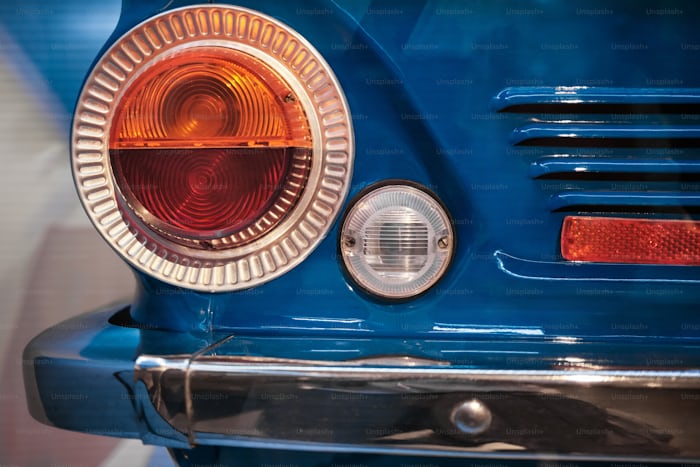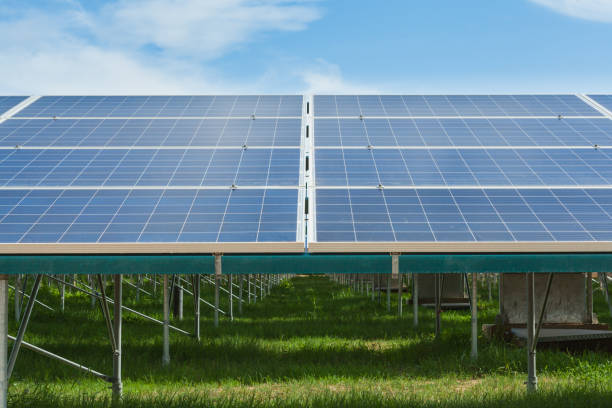Recessed lighting, often referred to as can lights or downlights, is a popular lighting choice for both residential and commercial spaces. Known for its sleek and unobtrusive design, recessed lighting provides a versatile and modern solution that can enhance the aesthetic and functionality of any room. In this guide, we’ll explore everything you need to know about recessed lighting, from its benefits and types to installation tips and design ideas.
What is Recessed Lighting?
Recessed lighting consists of light fixtures installed into hollow openings in the ceiling. When installed, these lights appear to shine from an opening in the ceiling, concentrating the light downward as a broad floodlight or narrow spotlight. This type of lighting is perfect for areas where you want a streamlined look and need to maximize floor and wall space.
Benefits of Recessed Lighting
- Sleek and Modern Appearance: Recessed lighting offers a clean and modern look that can easily blend with any interior style, making it a favorite choice for contemporary homes.
- Space-Saving: Since these lights are embedded into the ceiling, they do not take up any floor or wall space, which is ideal for smaller rooms or areas with low ceilings.
- Versatility: Recessed lighting can be used for general, task, or accent lighting, making it suitable for a variety of applications. It can highlight artwork, provide focused light for reading, or simply illuminate a room evenly.
- Energy Efficiency: Many recessed lights, especially LED options, are highly energy-efficient, reducing electricity costs and contributing to a greener environment.
- Customization: With various trim styles, bulb types, and placement options, recessed lighting can be customized to fit any lighting need or design preference.
Types of Recessed Lighting
Recessed lighting fixtures are typically composed of three main components: the housing, the trim, and the bulb.
- Housing: This is the fixture itself, which is installed into the ceiling. The type of housing you choose will depend on your ceiling type (new construction or remodel) and whether the fixture will be in contact with insulation.
- Trim: This is the visible part of the light, which includes the thin lining around the bulb. There are several types of trim, including baffle, reflector, and adjustable trims, each offering different light dispersion and aesthetic effects.
- Bulb: The bulb determines the quality and direction of the light. LED bulbs are the most popular choice due to their energy efficiency, long lifespan, and range of color temperatures.
Installation Tips for Recessed Lighting
Installing recessed lighting requires careful planning to ensure optimal placement and performance. Here are a few tips to consider:
- Plan Your Layout: Determine the purpose of your recessed lighting. Is it for general illumination, accent lighting, or task lighting? This will help you decide the placement and number of fixtures needed.
- Consider Ceiling Height: The height of your ceiling will affect the spacing of your recessed lights. A common rule of thumb is to place the lights about 4 to 6 feet apart for an 8-foot ceiling.
- Check for Insulation: If your ceiling is insulated, make sure to use IC-rated housings to prevent overheating.
- Hire a Professional: While some homeowners may feel comfortable installing recessed lighting themselves, hiring a licensed electrician ensures the job is done safely and meets all local building codes.
Design Ideas for Recessed Lighting

Recessed lighting can be used creatively to enhance the ambiance and functionality of any space. Here are some design ideas:
- Layered Lighting: Combine recessed lights with other lighting types, such as pendant lights or wall sconces, to create a layered lighting effect that adds depth and dimension to a room.
- Accent Lighting: Use adjustable recessed lights to highlight architectural features, artwork, or focal points in a room.
- Task Lighting: Install recessed lights over work areas like kitchen counters, desks, or reading nooks to provide focused illumination.
- Outdoor Use: Recessed lighting isn’t just for indoor use. Consider installing them under eaves or in soffits to provide subtle outdoor lighting that enhances curb appeal.
Conclusion
Recessed lighting is a versatile and stylish lighting solution that can dramatically improve the look and feel of any space. Whether you’re looking to update your home’s lighting scheme or planning a new construction project, recessed lights offer a practical, energy-efficient, and aesthetically pleasing option. With a variety of styles and installation options available, recessed lighting can be tailored to meet any lighting needs and design preferences.





